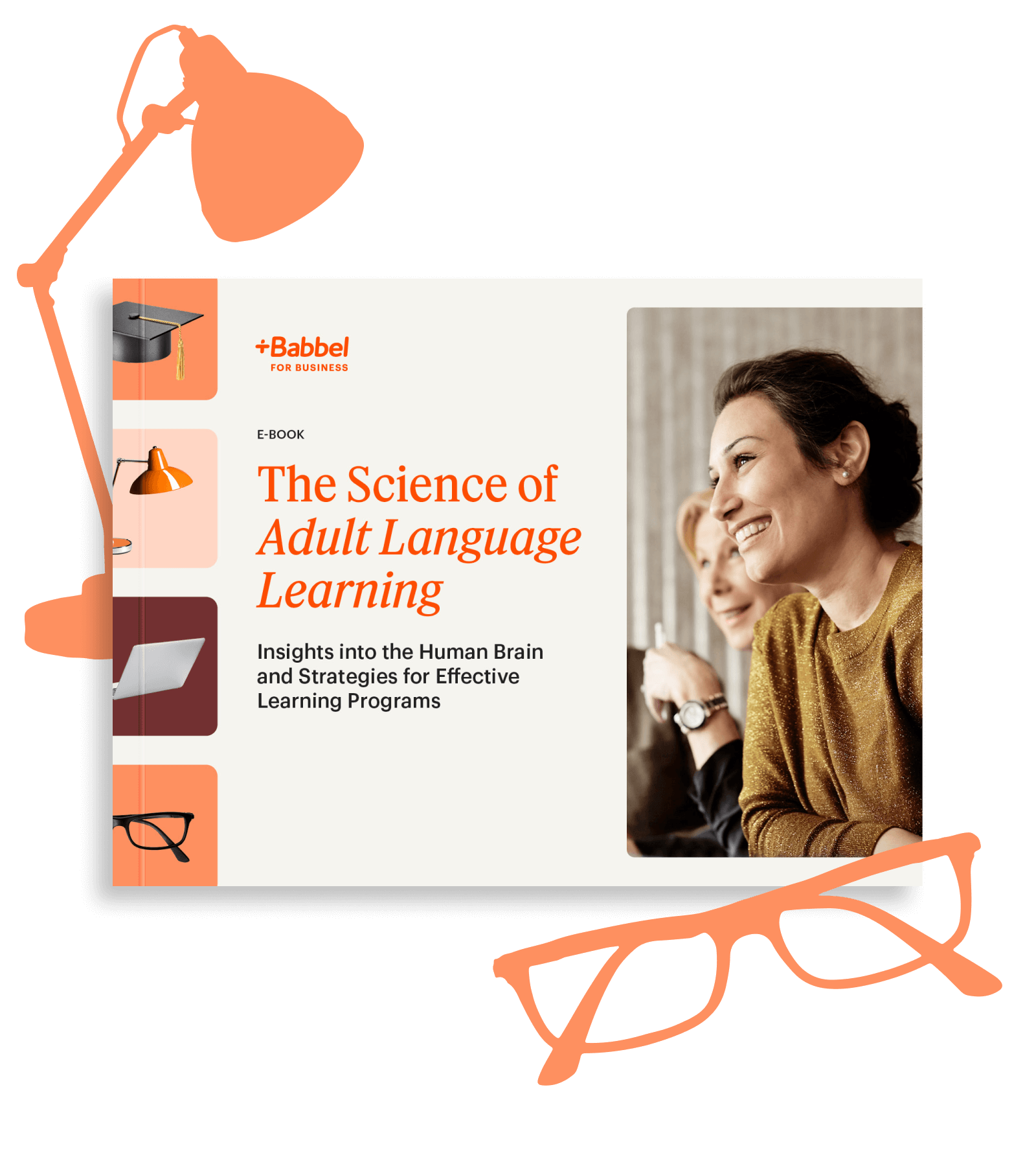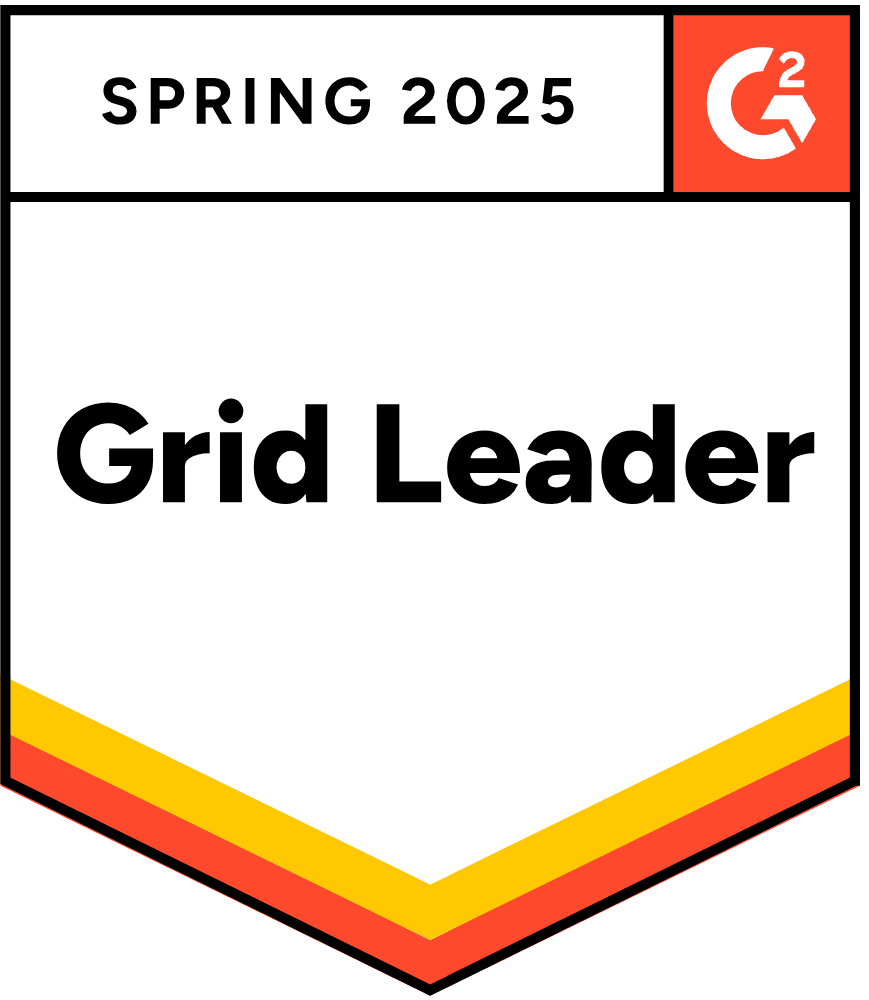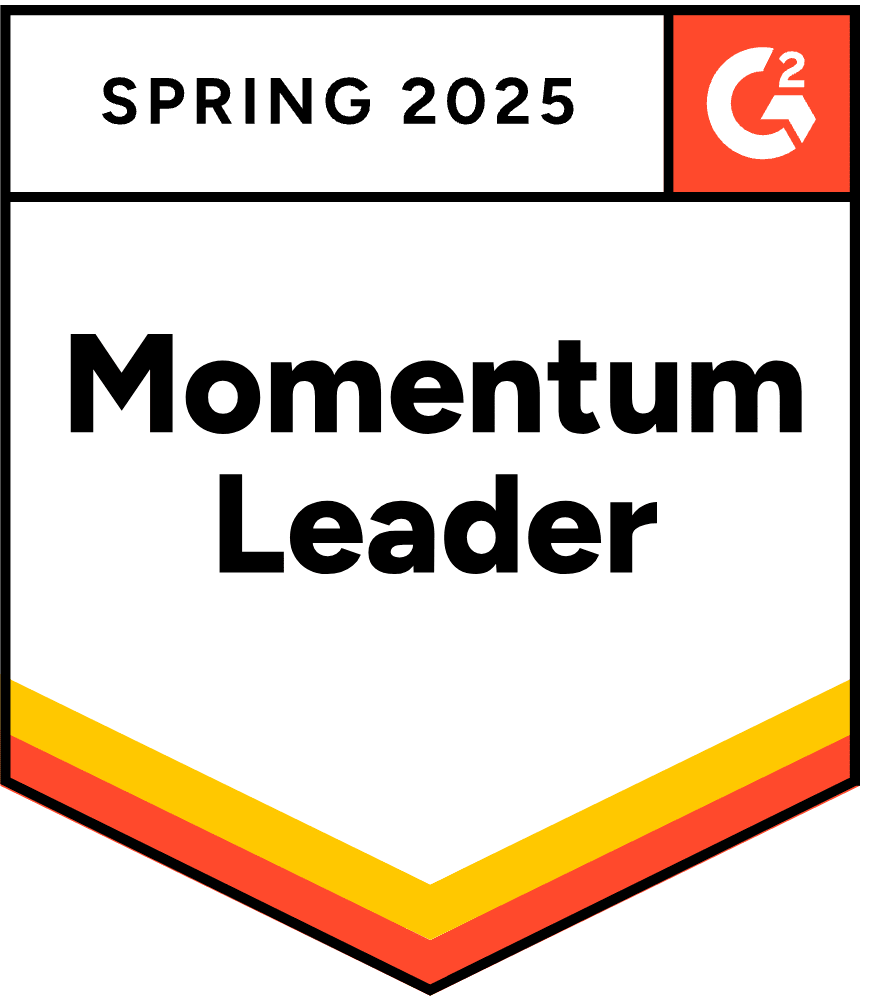You’ve rolled out a language training program. The intention was good. The platform looked sleek. You even had a kickoff session. Including snacks! But three months in… crickets. Engagement is down, progress is slow, and your learners are ghosting their lessons.
So—what gives?
According to cognitive science, the problem isn’t your people. It’s the way most language programs are designed. They’re not built with the adult brain in mind.
Here’s what the science says about making language learning actually stick—and how to build a program that respects your learners’ time, energy, and cognitive capacity.
Adults Learn Differently—And That’s a Good Thing
We’ve all heard that children are “better” at learning languages. But here’s the nuance: kids and adults use different mechanisms to learn.
Children absorb language through immersion because their brains are still forming foundational language pathways. Adults, on the other hand, use analytical thinking, memory strategies, and intentional practice.
So, when you give adults the same type of language learning children get—pure immersion or passive exposure—it’s like handing them a spoon to dig a ditch.
Instead, adult learners need structure, relevance, and agency.
What the Research Tells Us About Sticky Learning
1. Spaced Repetition Builds Long-Term Memory
According to decades of research, the best way to move words from short-term to long-term memory is not by cramming—it’s by strategically revisiting them.
The spaced repetition method involves reviewing material just after you learn it, then again at gradually increasing intervals (e.g., Day 1, Day 2, Day 5, etc.).
This simple pattern is far more effective than a weekly class with no follow-up. Yet most training programs don’t account for it. Babbel for Business bakes it in.
2. Shorter, Frequent Sessions Are Better Than Marathons
The adult attention span isn’t built for 90-minute sessions after a long day of meetings.
Studies show that just 15–30 minutes of practice, 3–5x a week, outperforms a single long session in both retention and motivation.
Think of it like strength training for your brain. Regular reps lead to stronger skills over time—without the burnout.
3. Adults Thrive on Relevance and Choice
Unlike kids, adults have zero time for fluff. They want to learn the words they’ll actually use at work—and they want to know why it matters.
When training includes job-specific vocabulary, real-world scenarios, and some learner choice, engagement goes way up.
This is where generic language apps fall flat. Babbel for Business allows L&D teams to tailor learning content to industry-specific needs—whether that’s healthcare terminology or jobsite safety language.
4. Combining Accuracy + Fluency Practice Is Essential
Many programs over-index on grammar rules or quiz-style drills. That’s helpful for accuracy, but not enough for fluency.
The best results come from a blend: guided, structured exercises and open-ended practice that mimics real-life conversations.
At Babbel for Business, employees get both. They learn the rules—and then break them (in a good way) during live virtual classes with real humans.
Cognitive Science Gives Us the Blueprint—We Just Need to Use It
So if your language training isn’t sticking, it’s probably not the learners—it’s the system.
Most programs weren’t built with the realities of adult cognition in mind. But when you do design with the brain in mind, language learning becomes more effective, engaging, and worth the investment.

Learn more about how cognitive science can drive better language learning
The Science of Adult Language Learning delves deeper into the science behind learning… and offers tips to implement a training program that works the way adults learn.






